Curious about the expenses of biking across America? This article will break down the essential costs, from accommodation and food to gear and transportation. Here, we’ll help you plan and budget for your adventurous journey from coast to coast. Let’s dive in!
How Much Does It Cost to Bike Across America?
Biking across America offers diverse cost options based on your adventure style and habits. Some have managed a self-contained ride for under $1,000, while others opt for supported bike rides, spending up to $10,000.
Choose wisely to match your budget and embark on an unforgettable journey across the nation.
Cost-Related Considerations to Know When Biking Across America
Biking across America is a dream adventure for many cycling enthusiasts. The breathtaking landscapes, diverse cultures, and challenging terrains make it an unforgettable experience. However, planning such an extensive journey requires careful consideration of various cost-related factors.
From gear and accommodation to food and transportation, understanding the expenses involved will help you budget effectively and make the most of your adventure. Let’s explore the key factors influencing the cost of biking across America:
Adventure Style
The first and most significant factor impacting the cost of your journey is the type of adventure you choose. Self-contained rides are budget-friendly, where cyclists carry all their gear and camp along the way, minimizing accommodation expenses.
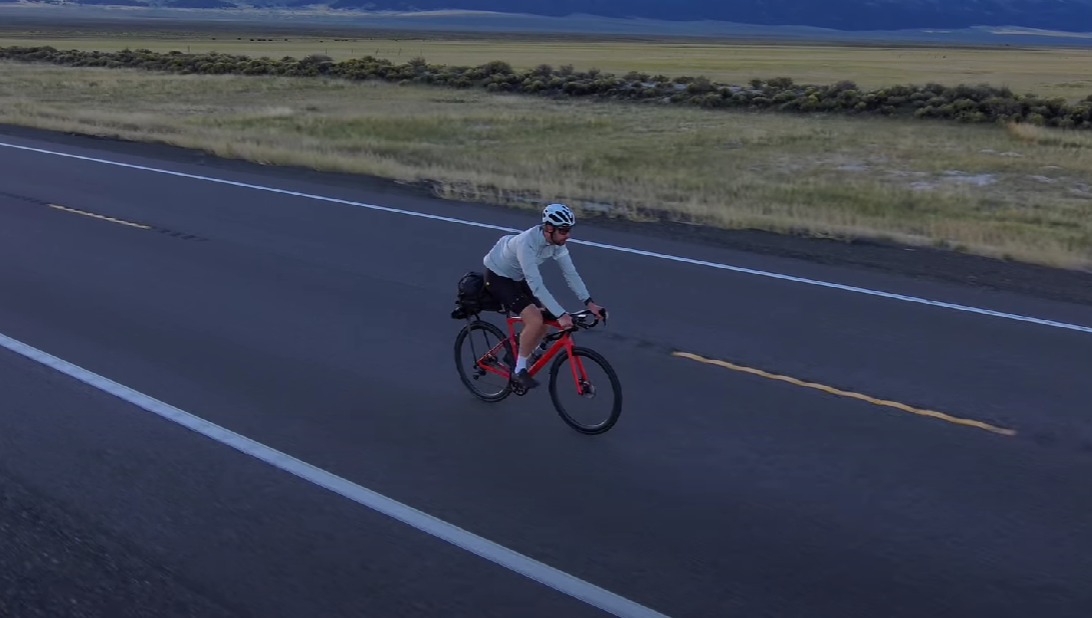
On the other hand, supported rides come with a higher price tag as they provide pre-arranged lodging, meals, and support vehicles to carry your belongings.
Depending on your preferences and budget, you can choose either option, keeping in mind that self-contained rides generally offer a more economical approach.
Accommodation
Accommodation expenses play a crucial role in your overall budget. Camping is the most cost-effective option, with many campgrounds scattered throughout the country, often charging nominal fees or even offering free sites.
However, if you prefer a more comfortable rest, lodging in motels or hotels is an alternative. Keep in mind that lodging expenses can add up quickly, especially in popular tourist destinations and urban areas.
Food and Meals
Fueling your body is essential during a long-distance bike ride. The cost of food and meals can vary depending on your dietary choices and the availability of affordable options along your route.
Cyclists often rely on grocery stores and farmers’ markets to buy food, preparing meals themselves to cut costs. Local diners and street food can also be more budget-friendly than eating at restaurants regularly.
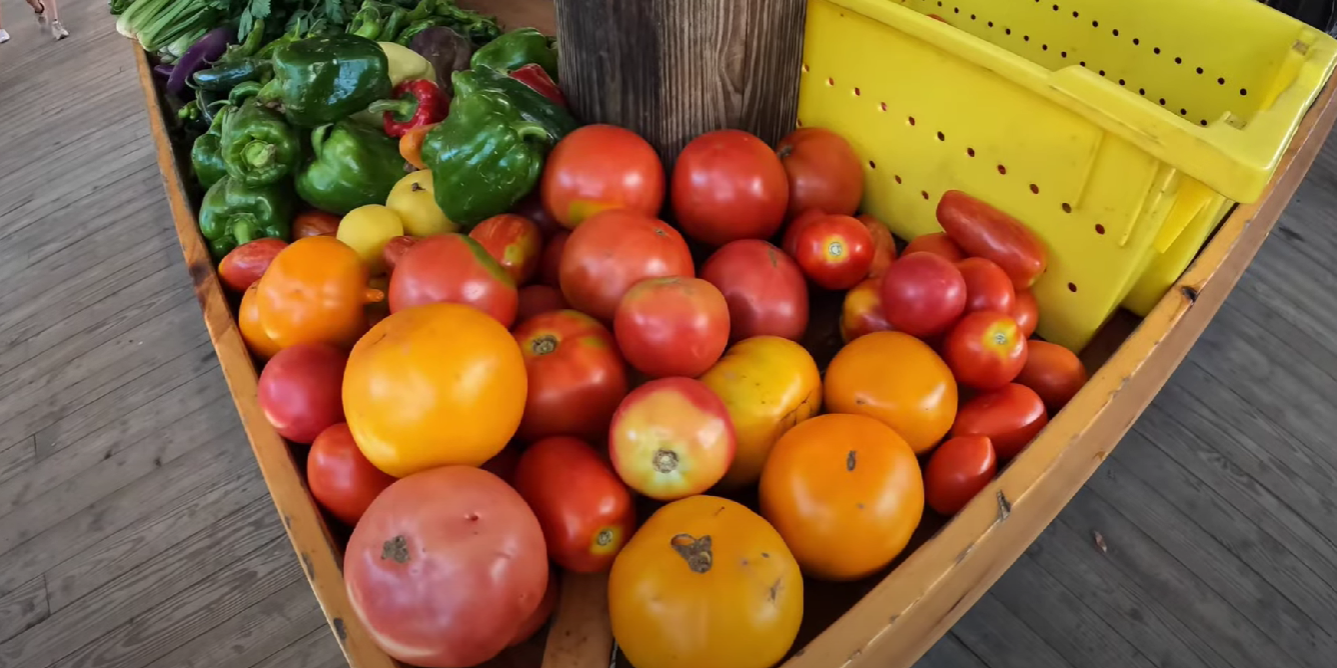
Transportation
The cost of getting to your starting point and returning home after your journey is another expense to consider. If you live far from the starting point, plane or train tickets might be necessary.
Additionally, you may need to ship your bike to the starting location and arrange transportation for yourself, which can add to the overall cost. On the other hand, if you finish your ride in a different location, you’ll need to factor in transportation back home from your ending point.
Bike and Gear
Your bike and gear are essential investments for a successful cross-country trip. The type of bike you choose and the quality of gear can significantly affect the overall cost.
While it might be tempting to buy the latest and most expensive equipment, it’s crucial to balance quality and affordability. Consider buying a durable and reliable bike and gear that suits your needs without breaking the bank.
Additionally, factor in any maintenance costs and repairs that may arise during the journey.

Health and Safety
Health and safety should never be compromised during a bike tour. Adequate travel insurance is essential, covering medical emergencies and unexpected situations.
It’s wise to get a comprehensive insurance plan tailored to your adventure to ensure peace of mind throughout the journey. Additionally, investing in proper safety gear, such as helmets and reflective clothing, is crucial for your well-being and protection.
Miscellaneous Expenses
Apart from the major cost factors mentioned above, there are various miscellaneous expenses to consider. This category includes expenses for activities or attractions you might want to explore along the way, entry fees to national parks or other tourist sites, and unexpected emergencies.
Allocating a portion of your budget to miscellaneous expenses ensures you can fully enjoy the journey without financial stress.
What Are the Important Things You Should Have When Biking Across America?
Embarking on a biking journey across America is an exciting and challenging adventure that requires thorough preparation. Having the right essentials can make all the difference in ensuring a safe, comfortable, and enjoyable trip.
From reliable gear to essential tools, here are the important things you should have when biking across America:
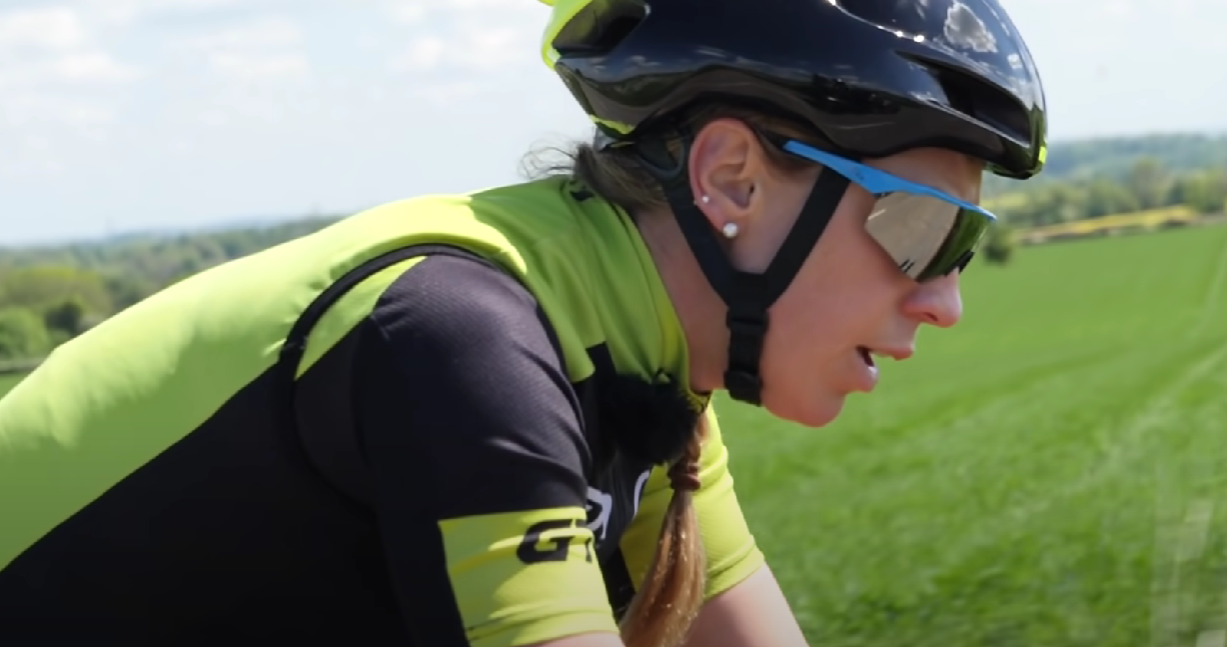
The Right Bike
Selecting the appropriate bike is the foundation of a successful cross-country trip. Consider the terrain you’ll be covering and the weight you’ll be carrying.
Touring bikes are a popular choice for their durability and ability to handle different road conditions. Ensure your bike fits well and is equipped with sturdy racks for carrying gear.
Essential Gear
Carrying the necessary gear is essential to ensure a smooth journey. A good quality tent, sleeping bag, and camping stove are crucial for self-contained rides.
For supported rides, pack your items and clothing in durable panniers for bikepacking bags. Invest in lightweight and compact gear to minimize bulk while on the road.
Repair and Maintenance Tools
Flat tires and minor mechanical issues are common during long rides. Carry a basic repair and maintenance kit, including tire levers, spare tubes, a bike pump, and a multi-tool [1].
Familiarize yourself with bike repairs or take a maintenance course before your trip to handle any unexpected situations efficiently.
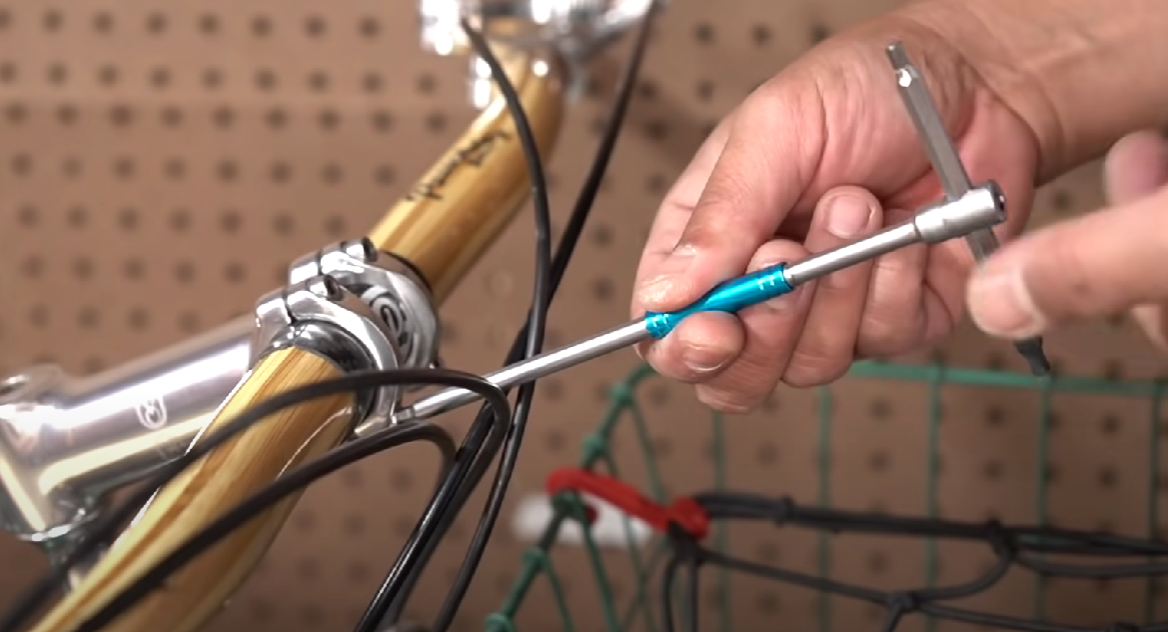
Navigation Aids
Navigating across vast distances requires reliable navigation aids. GPS devices, bike-mounted phone holders, or detailed paper maps can guide you along your route.
Consider using a combination of electronic and traditional navigation methods to ensure you don’t get lost.
Proper Clothing
Pack appropriate clothing for varying weather conditions. Opt for moisture-wicking and quick-drying fabrics to stay comfortable during hot days and pack warm layers for chilly nights.
Don’t forget to include rain gear, as unexpected weather changes can happen during long journeys.
Hydration and Nutrition Supplies
Staying hydrated and well-nourished is vital during extended bike rides. Carry plenty of water and a reusable water bottle. Stock up on energy-rich snacks and meals to keep you fueled throughout the day.
Plan your rest stops near towns or areas with food options to replenish supplies as needed.
First Aid Kit and Medications
A complete first aid kit is a must-have for any adventure. Include bandages, pain relievers, antiseptic wipes, and any personal medications you might need. Familiarize yourself with basic first aid procedures to handle minor injuries effectively.
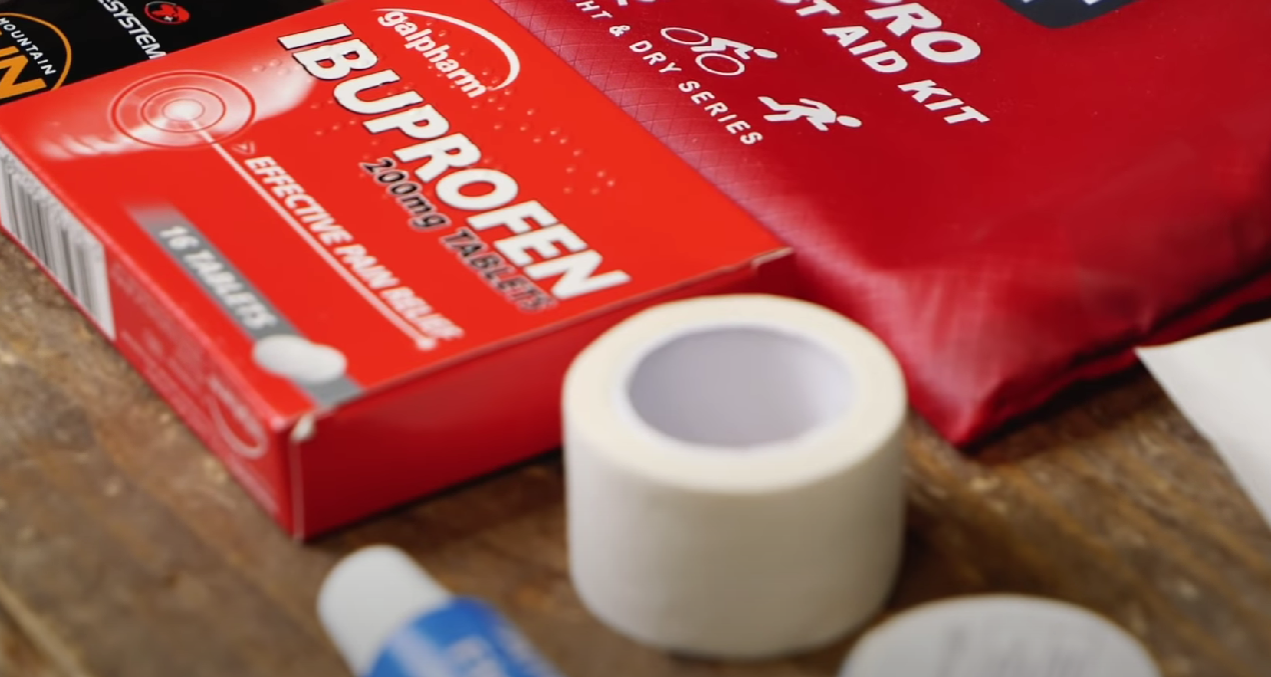
Personal Identification and Documents
Carry essential personal identification, such as your driver’s license or passport, and any required travel documents. Make copies of important documents and store them separately to have backups in case of loss or theft.
Communication Devices
Maintaining communication with family and friends is crucial during your journey. Bring a fully charged cell phone and a portable charger to stay connected. Additionally, consider investing in a satellite communication device for remote areas with limited cell coverage.
Positive Attitude and Mental Preparedness
Lastly, don’t forget to pack a positive attitude and mental preparedness. Long-distance biking can be physically and mentally demanding, so a strong mindset is essential to overcome challenges and fully enjoy the experience.
How to Save Money While Biking Across America?
Biking across America can be a fulfilling adventure, but it can also come with considerable expenses. However, with careful planning and smart choices, it’s possible to minimize costs and make the most of your budget. Here are some effective strategies to save money while biking across America:
Choose Self-Contained Adventure
Opting for a self-contained adventure can significantly reduce your expenses. By carrying your camping gear and cooking your meals, you’ll save money on accommodation and dining costs.
Utilize free or low-cost campsites along your route and cook simple meals with ingredients from local grocery stores. Embrace the outdoors and relish the self-sufficiency of camping, making the journey more affordable and immersive.
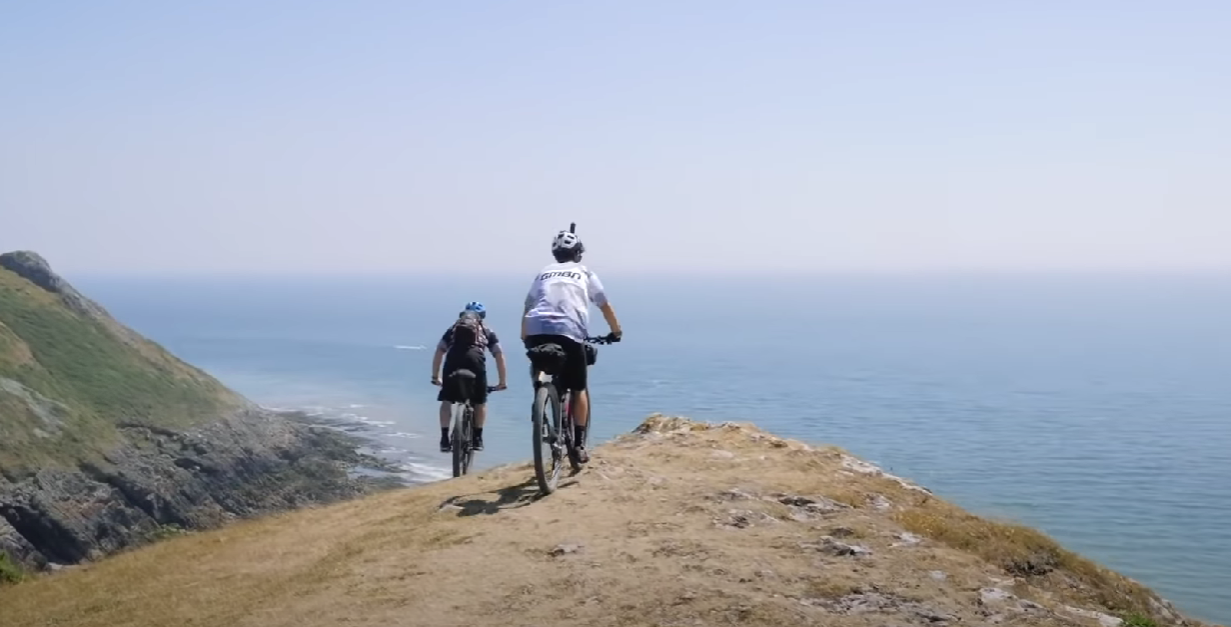
Travel Light and Minimize Gear
Packing light is not only practical for long-distance biking, but it also helps cut down costs. Choose versatile and durable gear that serves multiple purposes. Minimize redundant items and consider what is truly essential for your journey.
The less weight you carry, the easier it will be to pedal long distances, saving you energy and potential repair costs.
Cook Your Meals
Eating out at restaurants frequently can quickly drain your budget. Instead, cook your meals whenever possible. Carry a compact camping stove and a small set of cooking utensils.
Buying groceries and preparing your food allows you to control your expenses and maintain a healthier diet. Take advantage of farmers’ markets and local produce stands for fresh and affordable ingredients.
Utilize Warmshowers and Hostels
Accommodation costs can be a significant portion of your expenses. Take advantage of hospitality networks like Warmshowers, where cyclists offer free accommodations to fellow riders.

Additionally, look for budget-friendly hostels or guesthouses in urban areas where camping options may be limited. These alternatives can provide a comfortable and social experience without breaking the bank.
Camp in Public Lands
Public lands, such as national forests and Bureau of Land Management (BLM) areas, often offer free or low-cost camping options. Research and plan your route to include these public lands as camping spots.
Be sure to follow “Leave No Trace” principles to respect the environment and preserve these beautiful locations for future adventurers.
Travel During Off-Peak Seasons
Timing your journey to avoid peak tourist seasons can help save money on accommodation and attractions. Off-peak times often offer lower rates for lodging and less crowded roads, allowing for a more peaceful and budget-friendly biking experience.
Share Costs With Fellow Cyclists
If you’re traveling with a group or encounter other cyclists on the road, consider sharing costs for accommodation or food. Splitting expenses can lead to significant savings, and it can also create memorable experiences and friendships during your journey.
Be Mindful of Personal Spending
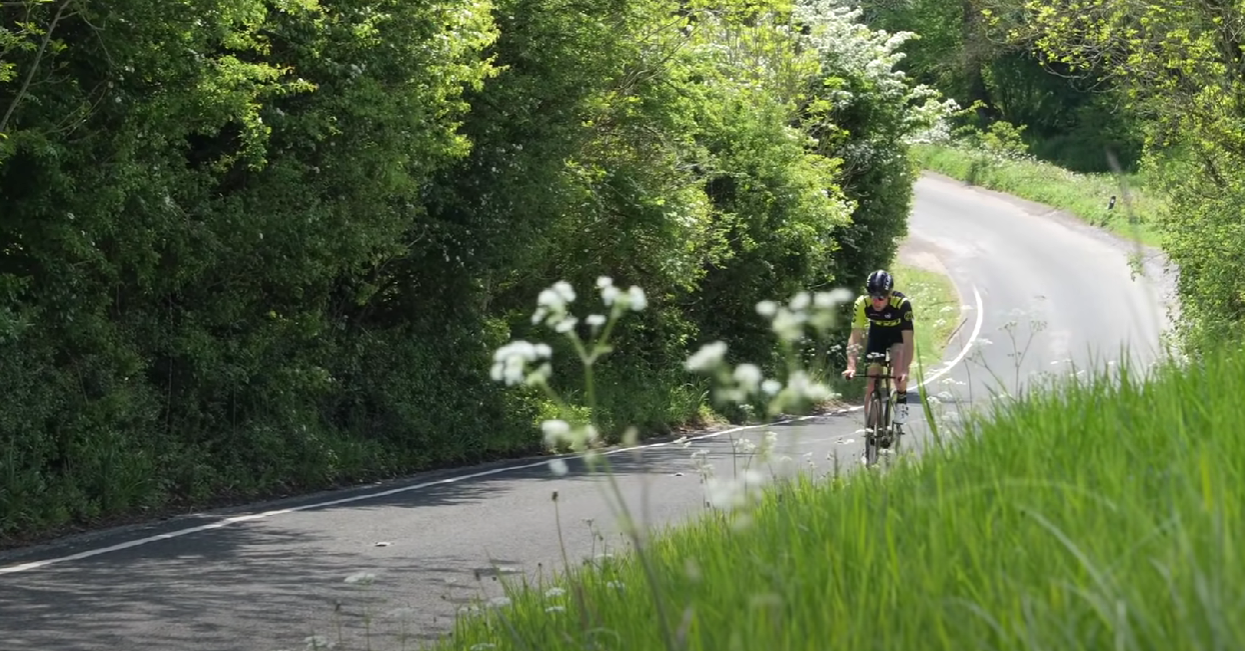
Lastly, be mindful of your spending habits throughout the trip. Keep track of your expenses and identify areas where you can cut back. Avoid unnecessary splurges and stick to your budget to ensure your funds last throughout the entire journey.
Conclusion
The cost of biking across America can vary significantly depending on factors such as adventure style, accommodation choices, and personal preferences. By carefully planning and making smart decisions, cyclists can manage expenses effectively and embark on a memorable journey within their budget.

